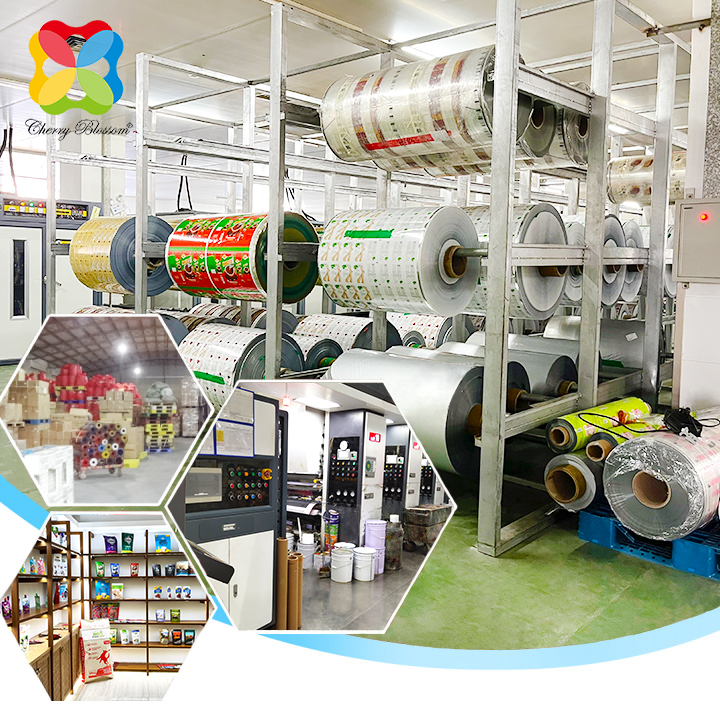Digital proofing is a type of proofing technology that processes electronic manuscripts digitally and outputs them directly in electronic publishing. It is widely used due to its advantages such as speed, convenience, and no need for plate making. During the sampling process, customers often report issues such as "low sample accuracy" and "poor quality". Understanding the following factors that affect digital sampling can help enterprises quickly identify problems and improve print quality.
1.Printing accuracy
The working condition of the inkjet printer's print head will directly affect the output effect of digital proofing. The printing accuracy that the printing head can achieve determines the output accuracy of digital proofing, and low resolution printers cannot meet the needs of digital proofing. The horizontal accuracy of a printer is determined by the distribution of the print head, while the vertical accuracy is affected by the stepper motor. If the paper is not fed properly, horizontal lines may appear, which can also affect printing accuracy. In order to ensure the clarity and accuracy of the printed image, it is necessary to make fine adjustments and controls to the printing machine before digital proofing.
In addition, the resolution of the printed manuscript also needs to be controlled within a certain range to ensure the clarity and details of the printed matter. In terms of image processing, high-quality image processing software can be used to process printed originals to improve image clarity and accuracy. Meanwhile, during the printing process, it is necessary to control the position and movement speed of the printed manuscript to ensure the clarity and accuracy of the image. Therefore, precise adjustment and control of the printing machine, high-quality image processing software, appropriate printing original resolution, and appropriate printing speed and position are all key elements to ensure the clarity and accuracy of printed images.

2.Printing ink
Color accuracy is a key factor affecting the quality of printed products in digital printing processes. In the printing process, in order to achieve optimal color accuracy, the printing machine must accurately allocate the required colors and tones, as well as accurately control the color balance and grayscale balance of the printed product.
The commonly used color space is the CMYK color space, which achieves the desired color effect by adjusting the proportions of Cyan, Magenta, Yellow, and Black colors. To ensure color accuracy, printing machines are usually equipped with special color detection instruments to detect and adjust the color and tone of ink. In addition, it is necessary to adjust the color balance and grayscale balance of the printed matter to ensure the accuracy and consistency of the color of the printed matter. Therefore, in the process of digital printing, precise control and adjustment of ink color and tone, as well as color and grayscale balance of printed products, are key steps to ensure color accuracy of printed products.
3.Printing paper
Digital proof paper has high requirements for image printing quality, paper glossiness, and paper adaptability, while paper printed images should be less affected by environmental changes. Digital proof paper requires good ink absorption, fast absorption of ink droplets, and no accumulation of ink or color accumulation when the image is printed; The printed image has good waterproof performance, good color reproduction, rich layers, high saturation, wide color gamut, high image resolution, and good color stability of the output sample; The surface of the paper is delicate and uniform, able to adapt to the subtle differences between different brand models and inks.
According to the usage requirements of digital proof paper, it can be roughly divided into three categories:
The quality of digital proof paper is an important part of color management in digital proof systems. In actual production, digital proofing generally uses imitation copperplate printing paper. On the one hand, it has a coating suitable for printing ink; On the other hand, it has similar color expression to copper coated paper used for printing, making it easier to achieve the same effect as printing colors. According to customer requirements, selecting appropriate and effective digital proofing paper and corresponding color management integrated data (printers, color management software, ink, etc.) can maximize the simulation of printed product effects through digital proofing.
Post time: Nov-24-2023







